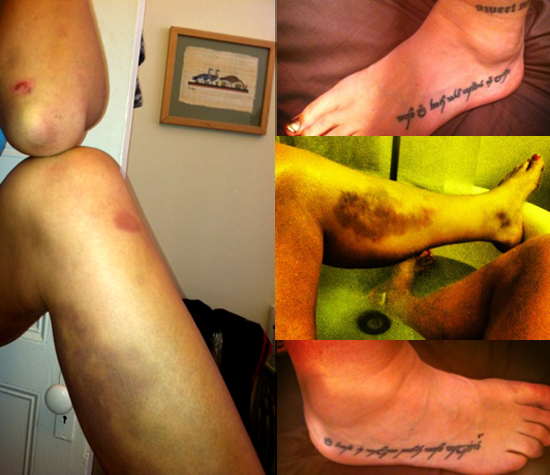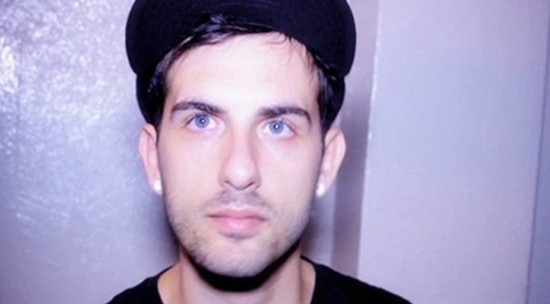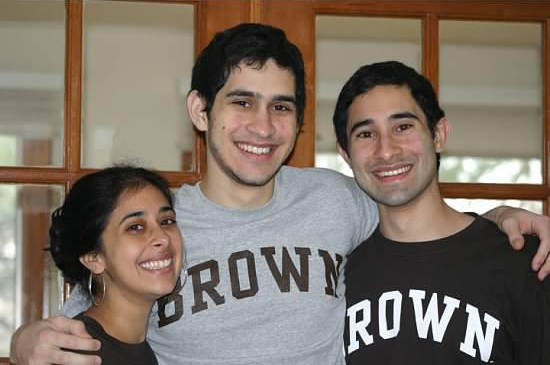
SuicideGirls Gamer Of The Week: Annasthesia Suicide0
Posted In All Things SG,Blog,Entertainment,Gaming,Geek,Internuts

This week’s SuicideGirls Gamer Of The Week is Annasthesia Suicide. I spoke to Annathesia about her favorite video games and asked for an insider tip on how guys can find a gamer girlfriend.
What made you choose the nickname “Annasthesia?”
I thought it would be clever to take a word that sounded like it could also have a name in it, and play on that. So “Anna” plus “Anesthesia” equaled “Annasthesia.”
How many tattoos and piercings do you have?
Well, I have the tops of my feet tattooed, the back of my neck, my chest, ribs, left forearm, and the makings of an eventual sleeve on my right arm. As far as piercings I’ve only had my lip, monroe, tongue, and belly button pierced. I temporarily donned a back corset piercing at my first Hell City. I think it was 20 piercings total.
Hell City?
Hell City Tattoo Convention. It’s one of the big events I look forward to each year now.
Which spot is the most painful to get tattooed?
So far my ribs have put every other spot to shame. The tops of the feet weren’t great and my chest has had its less than pleasant moments, but my ribs just sucked.
If you were to get one tattoo from a video game, such as a logo or symbol, what would it be?
I always have and still plan to get some Pokémon themed tattoo. I haven’t decided what yet, but it will happen. I like the idea of an 8-bit Togepi.
What are some of your other favorite games?
I’m the biggest Borderlands fan I know. I could play those into oblivion. Left 4 Dead and Left 4 Dead 2 are great guilty pleasures. I also love all Zelda games. I replay Ocarina of Time on my 3DS whenever I travel.
Who is your favorite character in Borderlands?
Now it’s Tiny Tina, without a doubt. I adore her, Mushy Snugglebites and Felicia Sexopants. Any girl who spends her spare time filling stuffed animals with high grade explosives is top notch in my book! Before her, it was probably be Claptrap or Scooter, and, though he only got briefly mentioned in the sequel, I have a spot in my heart for Butt Stallion as well.
What about favorite gun?
The one that’s going to do the most damage! I almost always go with a Maliwan. Elemental weapons are the way to go. Melt someone’s face off! And usually long range sniper rifles, unless I’m hunting zombies, then an automatic shotgun.
What is the best Pokémon video game in your opinion?
I think every Pokémon fan is a fan of the originals. So I’d have to say it’s a close tie between Red/Blue and Fire Red/Leaf Green, because seeing the original with all new graphics was just tits.
Where does Pokémon Snap fit into things?
I’m probably in the minority, but I love Pokémon Snap. I still have my copy for my N64 and a copy I downloaded onto my Wii. I still play both. I may have a Poké-problem, haha!
Say you were in charge of developing the very next Pokémon video game. What would you added or do differently?
Well, my biggest issues with the newer games is that they seem to have gotten really lazy with the Pokémon themselves, while focusing on how visually intriguing they can make the new environments. Seriously, Trubbish? The trash bag Pokémon? I want better Pokémon and eviler enemies.
Is it true that you can’t ignore Gary Oak’s girth?
Very true. It’s undeniable. And, let’s face it, Gary Oak is the silver-haired fox Anderson Cooper of the Pokémon world. Do you even want to deny his girth? The answer is no, no you do not.
What is the longest you have ever played a game in one sitting and which game was it?
Oh, wow! I’d probably have more impressive numbers here if I played MMORPGs, but I know I’ve spent at least 12 straight hours on both Borderlands and Pokémon respectively. I remember the first night I got Borderlands, I played for over eight hours straight before I even looked at the clock less than a foot from my Xbox. But, I think both of those would probably pale in comparison to the freakish hours I’ve put in playing various versions of The Sims over the years. That stuff is unholy addicting.
What is one game that you could beat anybody in?
Beat anyone at, as in competitively? I think I could still destroy anyone in the original Mario Party 64. Now that’s serious.
Many nerds dream about dating a girl that respects their gaming habits or is a gamer herself. What are some insider tips on how a guy can land a girl gamer such as yourself?
Don’t try too hard. We like a little bit of difficulty or we wouldn’t game, lol.














